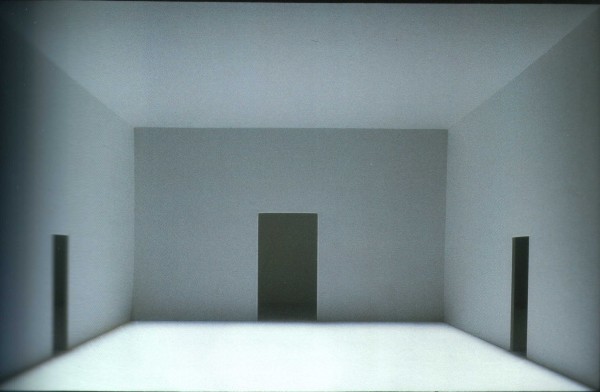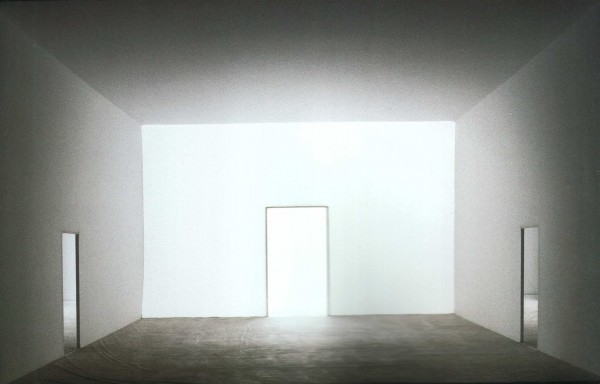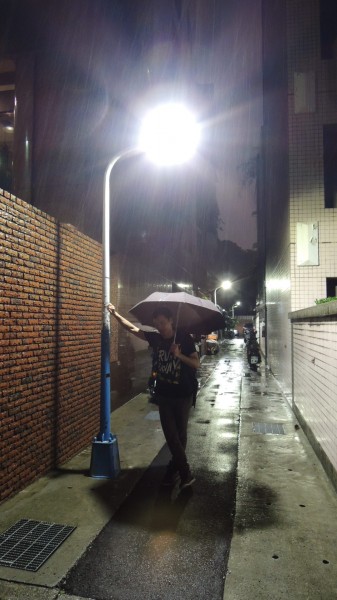Author: CC Hwang, Art Director of BeLight.com, Lighting Designer (Taiwan)
Have you ever observed the light environment around you? How the sky color changes from dust to dawn? We always experience something, but are we aware of the experience we have?
Observations

-

-
Image 1 : dawn at the harbor in Croatia. My friends and I walked slowly to the restaurant while the sun had set and created a special atmosphere.
To be aware of the experience of the observer is essential and fundamental to an understanding of the world of lighting. From now on, why don’t we start observing and be aware of our EXPERIENCE!
Light allows us to experience the visual world. When light changes, our visual experience also changes. This defines the central concept of architectural lighting.
-

-
Image 2
photo credit: Light Fantastic/ Max Keller
-

-
Image 3 : (with Image 2) the experience changes when light changes. These two spaces are the same, but the feeling to the space also changes when the light changes.
photo credit: Light Fantastic/ Max Keller
Visual noise
A good lighting can filter out the information that we don’t want, and guide our eyes to the relevant or desired visual information without distraction. Those which make us visually uncomfortable can be called “visual noise” and “glare” is an example that is commonly mentioned by the lighting industry. Glare makes us uncomfortable and interferes with what we are trying to see—it is unwanted light! (image 4) However, in another context, the light might be attractive and desirable. It may not interfere with our visual information need. This could be described as sparkle, not glare. Sparkle can highlight and add interest to the environment. (please see image 5)
-

-
Image 4 : Glary LED street light in Taipei
Photo Credit: CC Hwang
-

-
Image 5 : Sparkle on water makes a pleasant scene
Photo Credit: CC Hwang
What makes a lighting designer?
As a lighting designer, one needs to know exactly what the image he/she is going to create or what kind of visual experience he/she wants to bring out. Just as a painter to his painting, the major difference is the tools they use. However, a lighting designer needs to have more practical know-how. Many people from the lighting industry tend to think that lighting designers are artist but not exactly so. I, as a lighting designer, would rather regard us as problem solvers. As an artist, you can do whatever you want to for your art works. But when it comes to architectural lighting design, there are usually many aspects to consider and restrictions as well. Lighting design is more than just a good idea or good intention. To put it in another word, lighting designers have to keep an artistic mind and at the same time sufficient technical knowledge in order to pursue their task successfully.

















